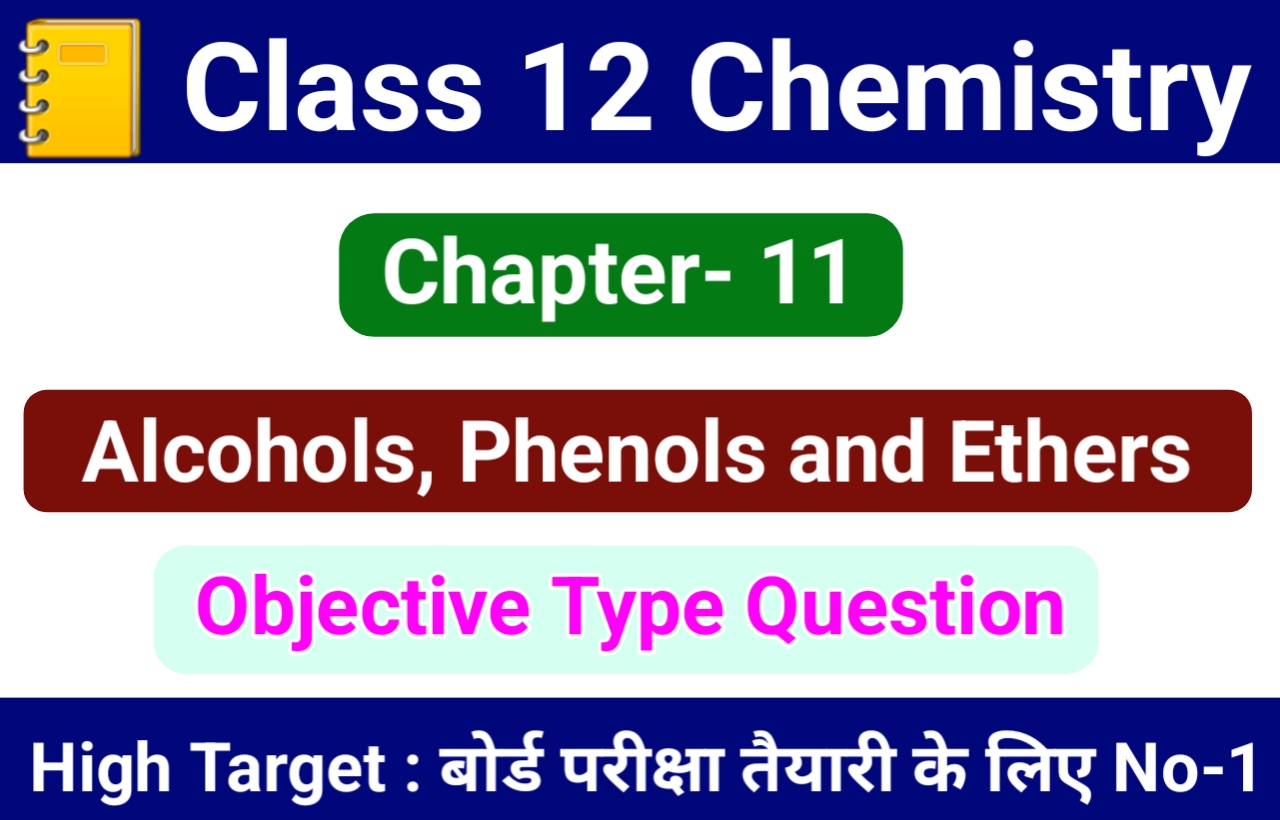9. CO-ORDINATION COMPOUNDS
9. CO-ORDINATION COMPOUNDS
Q. 1. Write the name of the coordination isomer of the complex [Co(en)3] [Cr(CN6)].
Ans. (Cr (en)3] [CO(CN)6] = tris (ethane-1, 2-dimine) chromium (III) hexacyanocobaltate (III).
Q. 2. How many geometrical isomers are possible in the following co-ordination entities ?
(i) [Cr(C2O4)3]3- (ii) Co(NH3)3C13]
Ans. (i) Nil (ii) Two (fac and mer)
Q. 3. Square planar complexes witz coordination number of four exhibit geometrie isomerism whereas tetrahedral complexes do not Why ?
Ans. Tetrahedral complexes do not show geometrico isomerism because the relative positions of the ligandi attached to the central metal atom/ion are same witā respect to each other.
Q. 4. Write the IUPAC names of the following co-ordination compounds :
(a) [Co(NH3)6]Cl3,
(b) [Co(NH3]5 Cl]Cl2,
(c) K3[Fe(CN)6],
(d) K3[Fe(C2O4),
(e) K2[PdCl4],
(f) [Pt(NH3)2 Cl(NH2CH3)]Cl
Ans.(a) Hexa-amino cobalt (III) chloride.
(b) Penta amine chlorido cobalt (III) chloride.
(c) Potassium hexacyano ferrate (III).
(d) Potassium trioxalate ferrate (III).
(e) Potassium tetrachlorido palladate (II).
(f) Diammine chlorido (methylamine) platinum (II) chloride.
Q. 5. (a) What are ligands ? Give examples. (b) What are ambident ligands ? What are their importance ?
Ans. (a) The atoms or molecules or ions which donate pair of electrons to the central metal atom and thus forms co-ordinate bond with the central metal atom. Common ligands are-NH3.CO, Cn–, Cl–, I–, H2O etc.
(b) Ligands which can attach themselves (called ligating through two different atoms of the same moelcule are called ambident ligands or group, e.g. No2m SCN-. They introduce linkage isomerism in the complexes.
Q. 26. What will be the correct order for the wavelength of absorption in the visible region for the following:
[Ni- (NO2)6]4-, [Ni(NH3)6]2+, [Ni(H2O)6]2+
Ans. (i) Ni– (NO2)6]4+ = wavelength of light is 498 nm.
(ii) [Ni(NH3)6]2+ = wavelength of light is 475 nm.
(iii) [Ni(H2O)6]2+ = wavelength of light is 500 nm.
Q. 7. Specify the oxidation number of the metals in the following co-ordination entities :
(i) [Co(H2O)(CN)(en)22+
(ii) [PtCl4]2-
(iii) [CoBr2(en)2]+
(iv) K3[Fe(CN)6]
Ans. (i) x + 0 + (-1) + 0 = + 2
∴ x = 3
oxidation no. of Co. = 3
(ii) x + 4 (- 1) = -2
or, X = 2
oxidation no. of Pt = 2
(iii) x + 2 (-1) + 0 = + 1
or, X = 3
oxidation no. of Co = 3
(iv) 3 (+ 1) + x + 6(-1) = 0
or, x = 3
oxidation no. of Fe = 3
Q. 8. Give the oxidation state, d-orbital occupation and co-ordination number of the central metal ion in the following complexes :
(i) K3[Co(C2O4)3]
(ii) Cis-[Cr(en)2Cl2/Cl
(iii) (NH4)2[CoF4]
(iv) [Mn(H2O)6] SO4
Ans. (i) Oxidation state = + 3 Co-ordination number = 6 d-orbital occupation is t2g6 eg0
(ii) Oxidation state = + 3 Co-ordination number = 6 d-orbital occupation is d3(t2g3)
(iii) Oxidation state = + 2 Co-ordination number = 4 d-orbital occupation is sd7 (t2g5 eg2)
(iv) Oxidation state = + 2 Co-ordinattion number = 6 d-orbital occupation is d5 (t2g 3 eg2)
Q. 9. A solution of [Ni (H2O)6]2+ is green but a solution of [Ni(CN)4]2- is colourless. Explain.
Ans. Ni2+ ion in [Ni(H2O)6]2+ is green in colour because it has two unpaired electrons in the 3d-orbitals and due to d-d transition complex is green in colour. On the other hand (Ni (CN)4]2- has no unpaired electrons in the 3d-orbitals [3d10 configuration), hence it is colourless.
Q. 10. [Fe(CN)6]4- and [Fe(H2O)6]2+ are of different colours in dilute solutions. Why?
Ans. [Fe (CN)6]4- has no unpaired electrons due to d2sp3 hybridsation. All electrons in 3d orbitals are paired, whereas in Fe (H2O)6]2+, there are four unpaired electrons in 3d orbitals and the hybridization involved in sp3d2. In this complex d-d transitions are possible and therefore, it shows different colour.
Q. 11. Explain [Co (NH3)6]3+ is an inner orbital complex whereas [Ni (NH3)6]2+ is an outer orbital complex.
Ans. In the presence of NH3 the 3d electrons pair up leaving two d-orbitals empty to be involved in d2sp3 hybridization forming inner orbital complex in (Co(NH3)6]3+. In [Ni(NH3)6]2+ , Ni is in + 2 oxidation state and has d8 configuration, the hybridization involved is Sp3d2 forming outer orbital complex.
Q. 12. Predict the number of unpaired electrons in the square planar [Pt(CN)4]2- ion.
Ans. Since the complex (Pt(CN)4]2-is square planar. Therefore the hybridization is dsp2. Hence the unparied electrons in 5d orbitals pair up to make one d-orbital empty for dsp2 hybridization. Thus there is no unpaired electron.
Q. 13. Out of tetracarbonylnickel (O) and tetraammine copper (II) sulphate which is paramagnetic and why ?
Ans. Tetraamine copper (II) sulphate is para magnetic because it has one unpaired 3d electron, wheres tetracarbonyl nickel (O) is diamagnetic as it has all paired electrons
Q. 14. Why only transition metals are known to from π complexes ?
Ans. Transition metal ions have empty d-orbitals into which electron pairs can be donated by ligands containing π electrons, e.g., CH2 = CH2, C5H5 C6H6 etc.
Q. 15. Do we call metal carbonyls as organometallics ? Why or Why not?
Ans. Yes metal carbonyls are called organometallics because C atom of CO is linked to the metal atom. If fact, the metal-carbon bonds have both σ and π character.
Q. 16. Which type of ligands form chelastes ?
Ans. Oxidation state of Ni is 0.
Q. 17. What are ambidentate ligands. Give an example.
Ans. Unidentate ligands containing more than one coordinating atoms are called ambidentate ligands. For
example NO-2 can coordinate through nitrogen or oxygen.
Q. 18. What is a bidentate ligand ?
Ans. A ligand which contains two donor atoms so that it can form two coordinate bonds with the cnetral metal atom. e.g., ethylene, diammine NH2-CH2-CH2-NH2.
Q. 19. What is crystal field splitting energy ?
Ans. The difference of energy between the two sets of d-orbitals after splitting on the approach of the ligands is called crystal field splitting energy.

